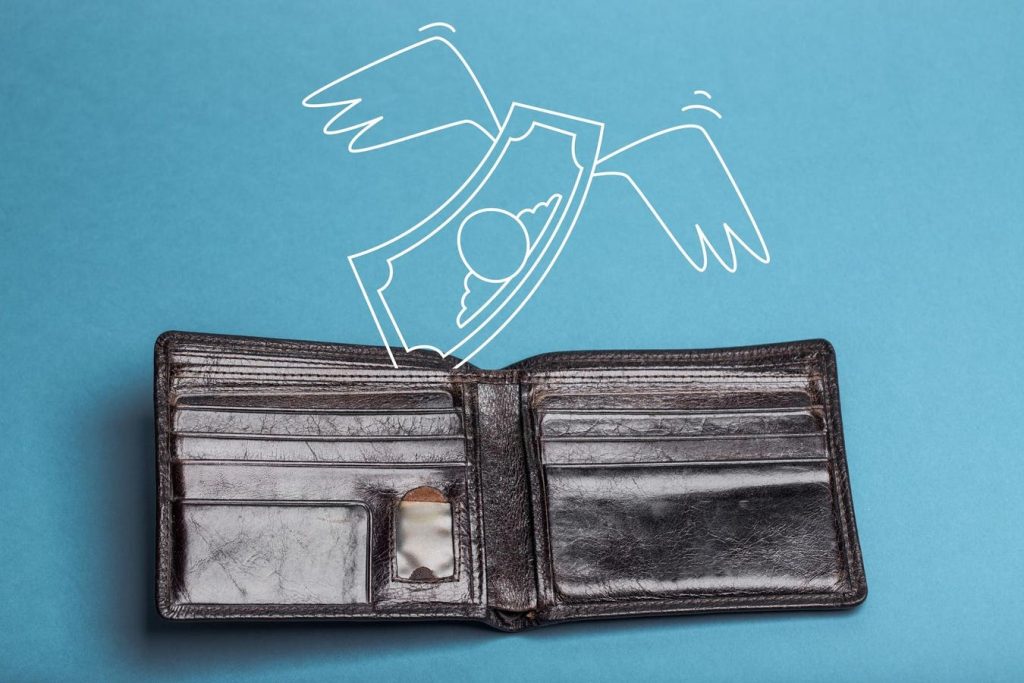Recent data from the Federal Reserve Bank of New York points to a concerning trend in credit card delinquencies, particularly among young adults. Americans collectively owe around $1.12 trillion in credit card debt, with 8.9% of credit balances falling into delinquency in the past year. Of more significant concern is the emergence of approximately $46 billion in “phantom debt” generated by Buy Now, Pay Later (BNPL) schemes, a major factor behind the rising delinquency rates.
Industry leaders have been expressing worry about phantom debt for some time, advocating for stricter regulations. This substantial risk, mainly stemming from BNPL transactions, often goes unreported, placing a significant but unnoticed financial burden on consumers. This hidden debt makes it easier for consumers to make purchases without fully understanding the implications, especially as many young consumers are unaware that BNPL agreements represent new debt or comprehend their impact on their future financial well-being. Automatic withdrawals by BNPL providers from consumers’ bank accounts or debit cards can deplete funds needed for other financial obligations, such as credit card payments, leading to higher delinquency rates.
In an economy characterized by rising inflation and interest rates, these financial pressures are escalating. Banks have started to tighten their lending criteria, exacerbating the challenges consumers face. With mortgage rates on the rise, surpassing 7% due to the steady increase in the 10-year Treasury yield, the differences in borrowing costs based on credit scores and geographical locations are widening, further complicating the financial environment. With one in seven Gen Z consumers already maxing out their credit cards, the need for improved financial literacy and stronger consumer protections is more critical than ever.
To address these issues, the Consumer Financial Protection Bureau (CFPB) has issued a new interpretive rule, redefining BNPL lenders as comparable to credit card providers. The aim is to extend similar protections to consumers, ensuring better management of BNPL operations and alignment with traditional credit card industry standards. The rule clarifies BNPL as credit, allowing consumers the right to dispute charges and request refunds. BNPL providers must now investigate disputes diligently, pause payment collections during this period, and provide periodic billing statements to users, enhancing transparency and accountability.
As the market progresses, credit card-linked installment plans are gaining popularity for large purchases, offering a safer and more sustainable way to spread out payments. These plans, appealing to higher-income consumers, utilize existing credit lines issued by card issuers, eliminating the need for new loans and reducing the risks of additional debt with high APRs. The convergence of credit card debt and BNPL phantom debt is putting significant pressure on vulnerable Gen Z consumers, making regulatory actions by agencies like the CFPB and the shift toward more transparent card-linked installments crucial in shaping the future of consumer credit for greater stability and trust.
In conclusion, understanding the complexities of various credit types and their implications for personal financial health is essential as the industry evolves. The rise in credit card delinquencies, coupled with the emergence of phantom debt from BNPL schemes, highlights the need for increased consumer protections and financial literacy. With regulatory responses and innovative credit solutions like card-linked installment plans, there is hope for a more stable and secure consumer credit landscape in the future.













